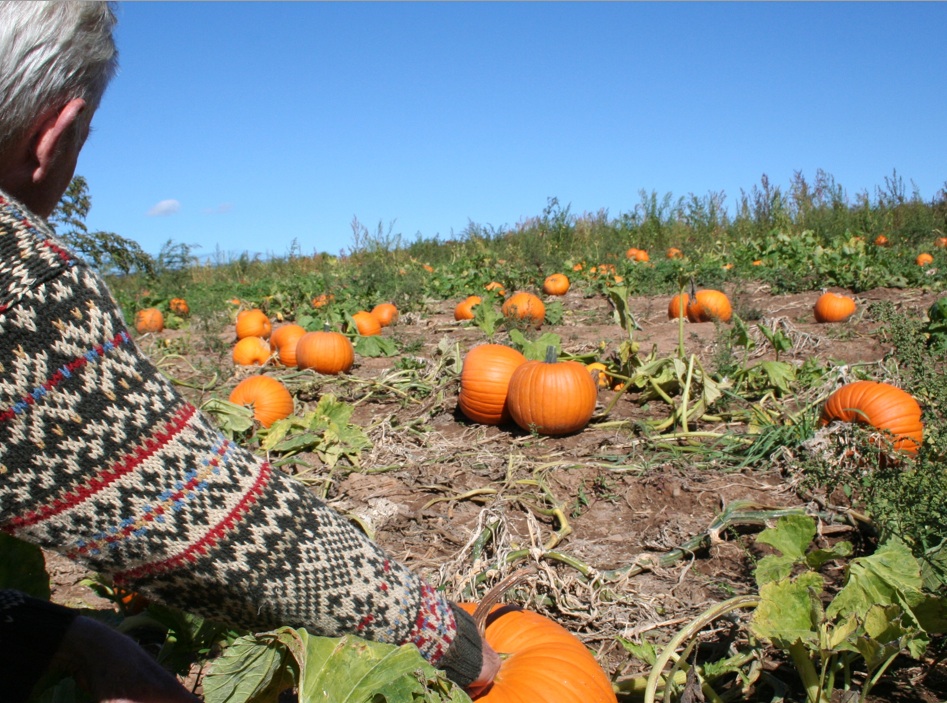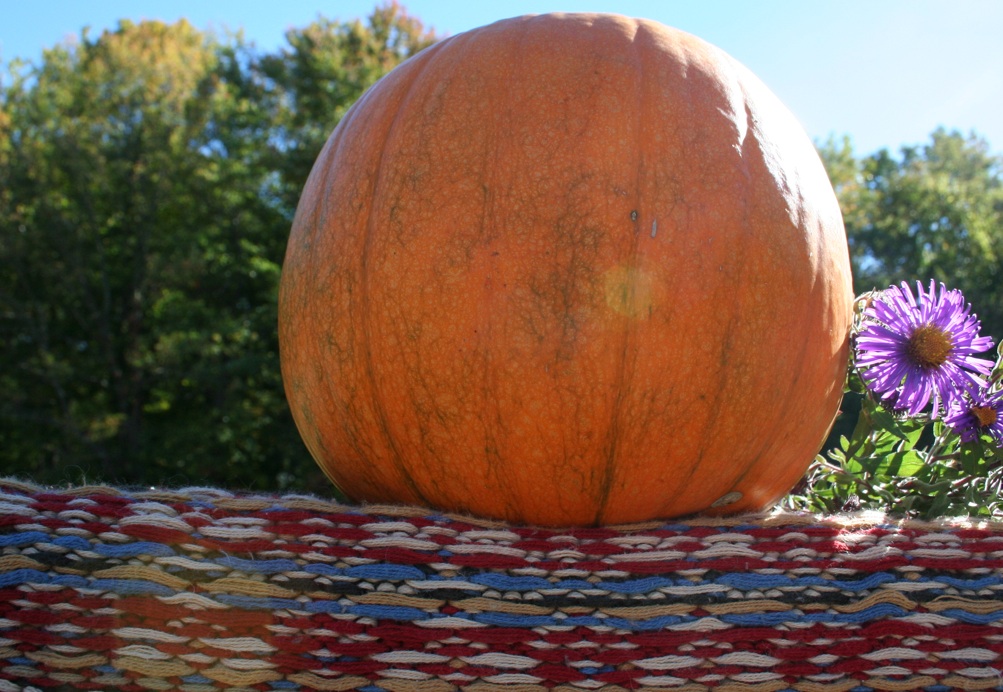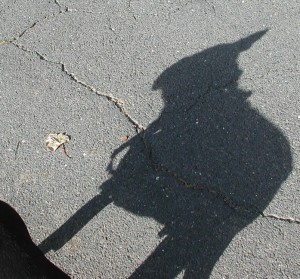A favorite knit sweater for picking apples and pumpkins should be cozy. Handsome, colorful, cozy and stranded with history – a “Fair Isle†knit takes its name from Fair Isle, the most isolated inhabited island in Britain, located midway between the Shetland and Orkney island groups of the Northern Isles. And get this, the name itself derives from the Norse “faer” which apparently means “sheep.” Traditionally, two colors of yarn were worked in geometric patterns. The yarn not being worked is carried behind the work, adding a layer to make the garment thicker and warmer. (In my opinion, the reverse side with floats is sometimes as interesting than the front.)
Handsome, colorful, cozy and stranded with history – a “Fair Isle†knit takes its name from Fair Isle, the most isolated inhabited island in Britain, located midway between the Shetland and Orkney island groups of the Northern Isles. And get this, the name itself derives from the Norse “faer” which apparently means “sheep.” Traditionally, two colors of yarn were worked in geometric patterns. The yarn not being worked is carried behind the work, adding a layer to make the garment thicker and warmer. (In my opinion, the reverse side with floats is sometimes as interesting than the front.)
 Blame the Prince of Wales (and future king) for sparking a demand for the beautifully-patterned colorwork when he wore the intricately knitted vests and sweaters (called “jumpers” in the UK) as he golfed in the 1920s.
Blame the Prince of Wales (and future king) for sparking a demand for the beautifully-patterned colorwork when he wore the intricately knitted vests and sweaters (called “jumpers” in the UK) as he golfed in the 1920s.

These days, Fair Isle is sometimes used to refer to any stranded knitting technique that creates a colorful pattern. But purists will point out (rightly so) that the term “Fair Isle knitting” should be used when referencing the traditional patterned technique and traditional colors from where it originated.
 Next: A skein of cranberry-hued yarn arrived and the story behind how it came about simply captivated a knitter.
Next: A skein of cranberry-hued yarn arrived and the story behind how it came about simply captivated a knitter.
